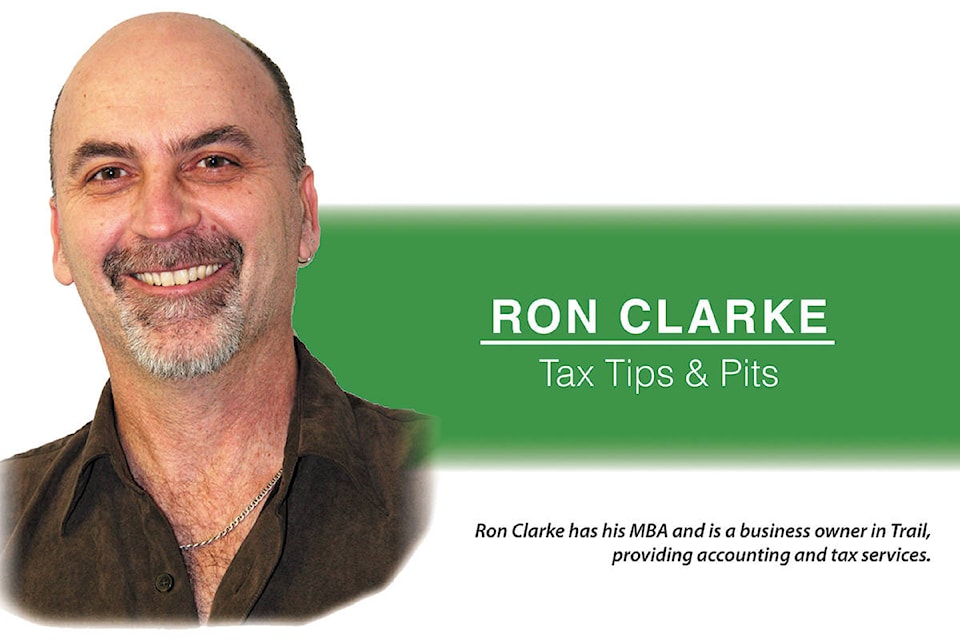It’s 2018 and the Government of Canada’s tax reforms are now in effect, including business tax changes, in particular “small business”. To be clear, when the government says small business it’s referring to the Canadian Controlled Private Corporation (CCPC). It’s not referring to proprietorships since they aren’t incorporated.
If a corporation meets all of the following criteria, then it typically qualifies by Canada Revenue Agency (CRA) as a CCPC. The corporation must be resident in Canada and not controlled, directly or indirectly, by a non-resident, a publicly traded company or a Canadian company that lists its shares on a foreign exchange. And it must not have any class of its own shares traded on any stock exchange.
The tax policy discussion during 2017 has resulted in the government creating clearer definitions and shrinking the grey area in CCPC tax rules. Also, the government has committed a lot of cash for enforcement. This fact alone will likely be the key to successfully and rightfully assessing business tax.
As a qualified CCPC, CRA allows a small business deduction applicable to the first $500,000 of gross (after expenses) active income – “active” meaning revenues generated by conducting business activities.
Active income is different than rental or investment income the business may be paid or earn, often referred to as passive income that is taxed at 50.7 per cent in BC.
The regular 27 per cent combined federal and BC provincial tax rate levied on active income is reduced to 12 per cent for a CCPC’s first 500k.
That is, without this small business tax break a small business owner would remit 27 per cent tax on the net profits of the company. Instead, that amount is basically cut in half. This bottom line difference yields cash for reinvestment in and expansion of the business. And at other times simply makes the difference between survival and closure.
On the surface there appears to be a clear tax advantage to a CCPC owner versus an unincorporated proprietor faced with the personal tax rate on net earnings of up to 47.7 per cent in BC. But remember, monies paid out from the CCPC to the CCPC owner is taxed at the personal tax rate just like the proprietor. In fact, if all the “profits” of a CCPC have to be paid out to the owner to meet personal living obligations, then the CCPC tax rate is effectively meaningless.
There are other tax advantages for a CCPC. It can pay dividends to the owner that are more favourably taxed than wages paid to the owner, although CRA has closed this measurably over the past decade.
In addition, dividends can be paid to other CCPC shareholders including family, although with new tax policy in place, CRA is now scrutinizing the use of this method of sharing profits among next of kin, referred to as “income sprinkling”. Also on CRA’s radar is the need to justify wages paid to next of kin for actual work completed.
Finally, the sale of CCPC shares qualifies under the lifetime capital gains exemption so when the CCPC owner sells the CCPC shares, up to about $425,000 of capital gain is not included in income, often justified as the CCPC owner’s “pension” in lieu of an employment pension fund.
Ron Clarke has his MBA and is a business owner in Trail, providing accounting and tax services. Email him atron. clarke@JBSbiz. ca. To read previous Tax Tips & Pits columns visit www.JBSbiz.net.
